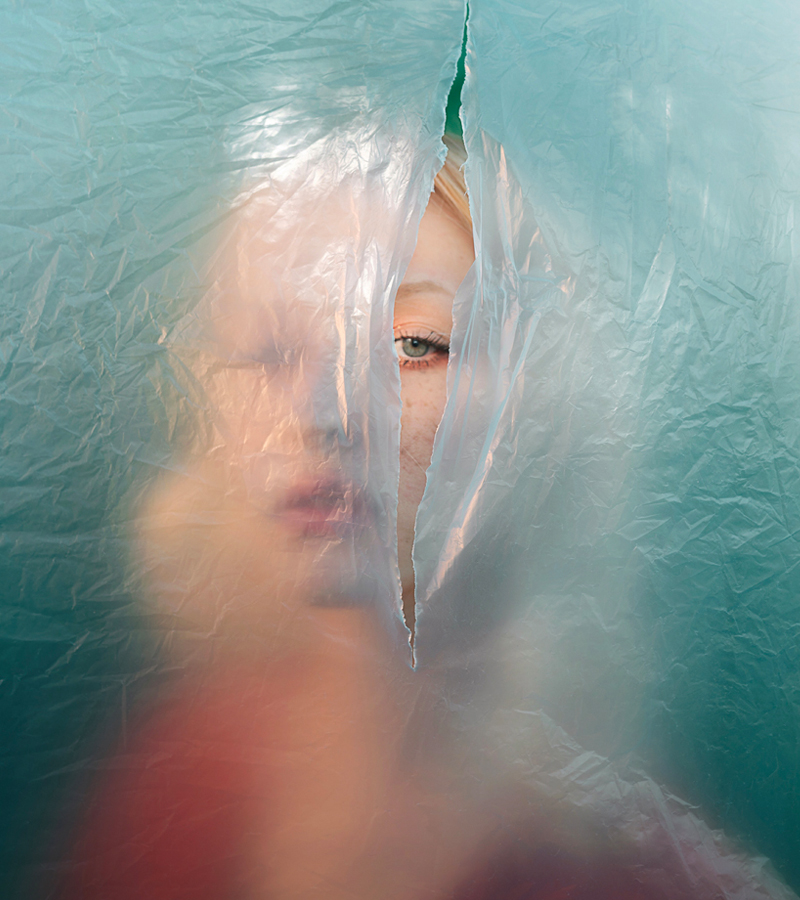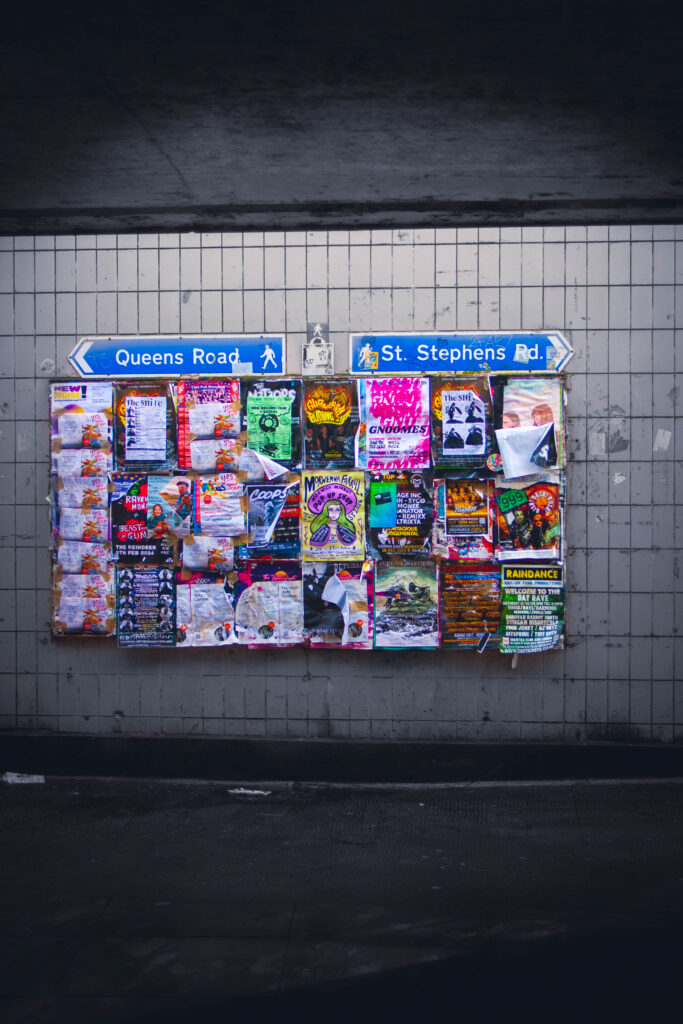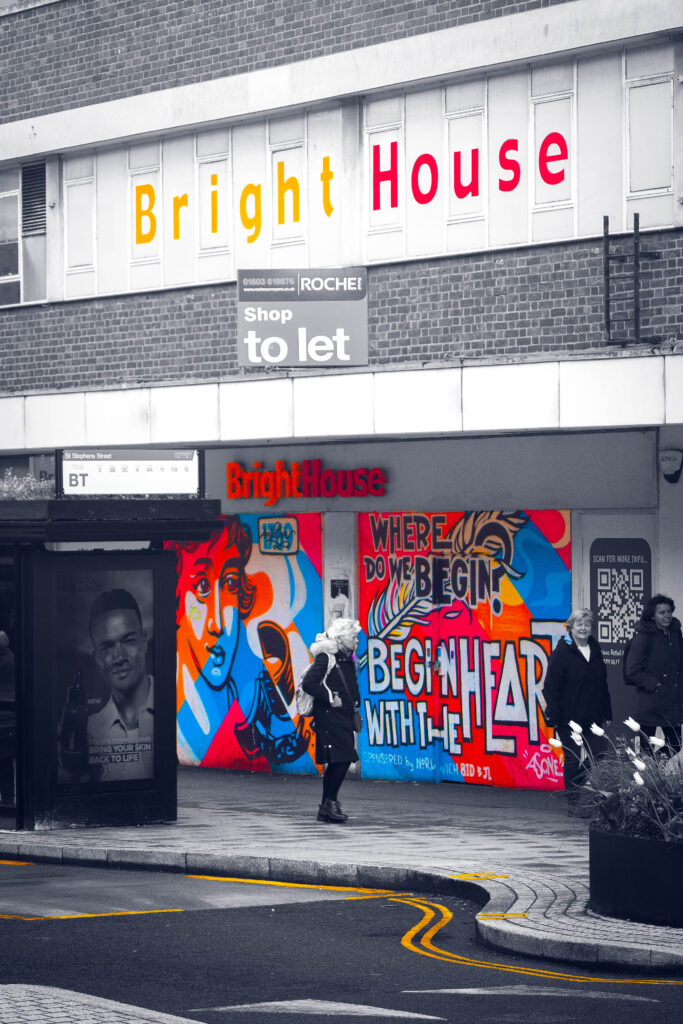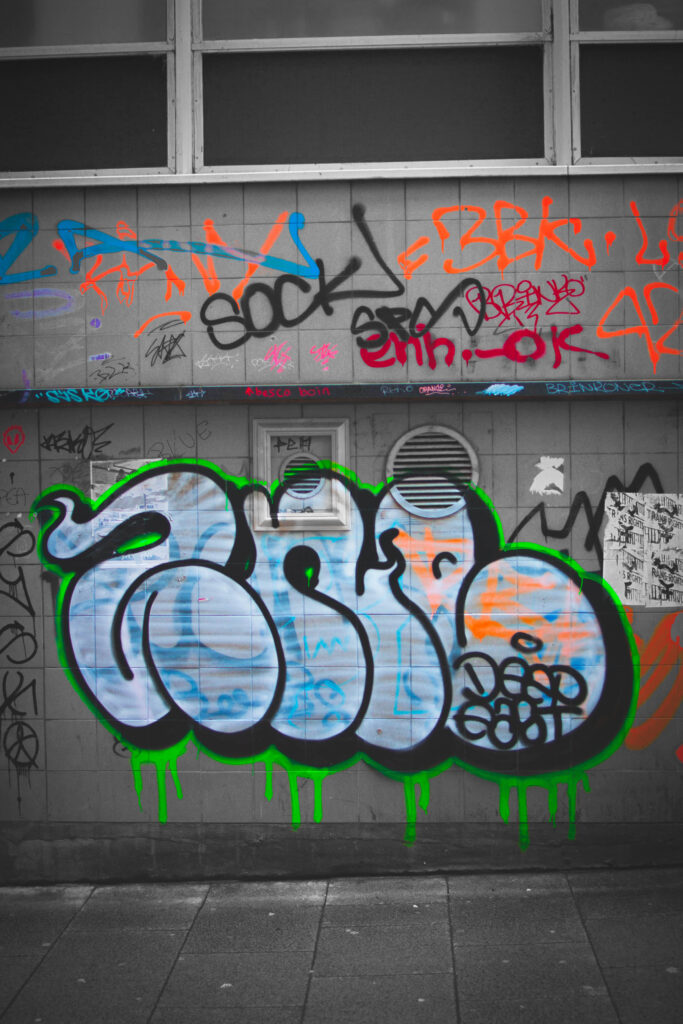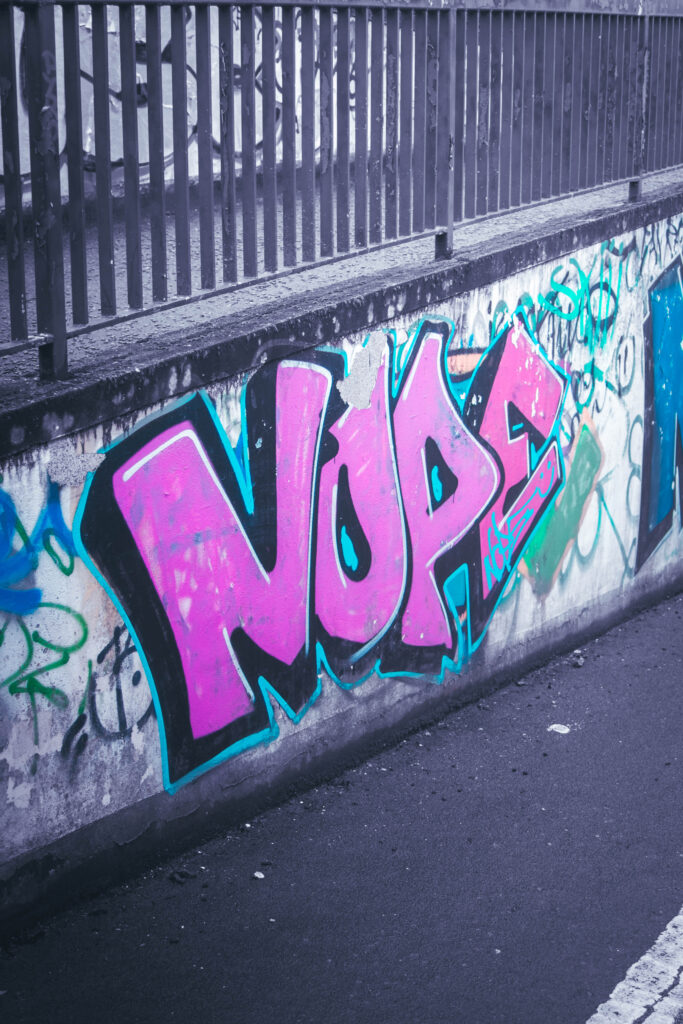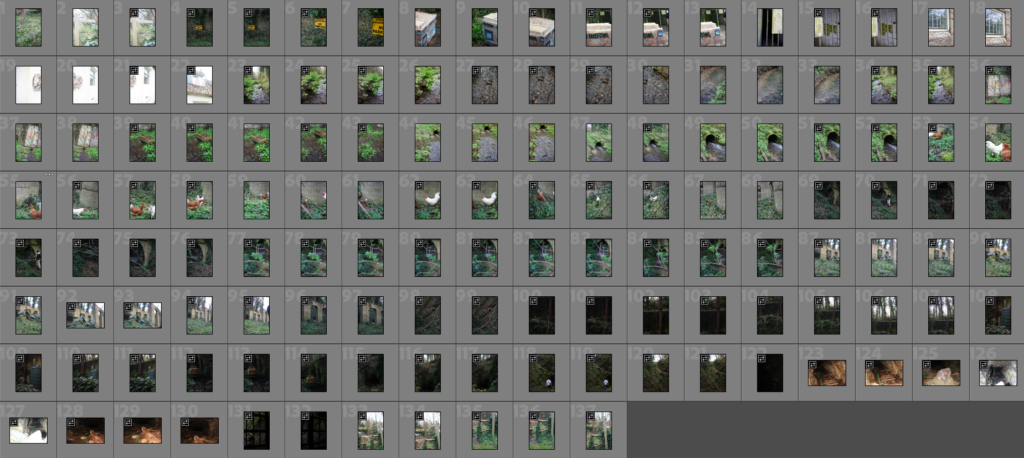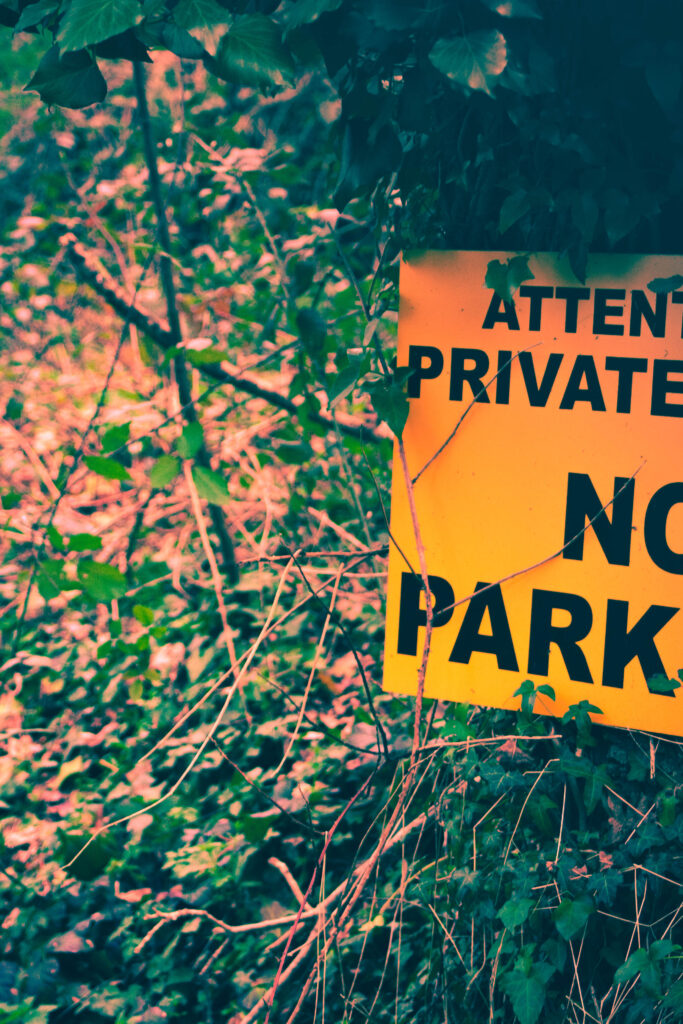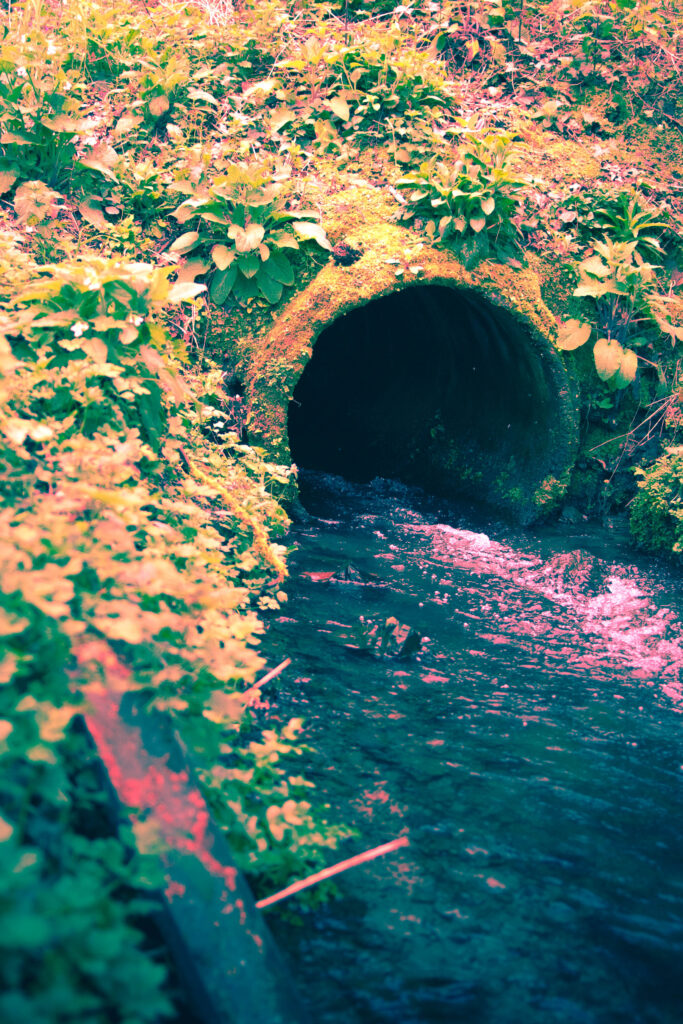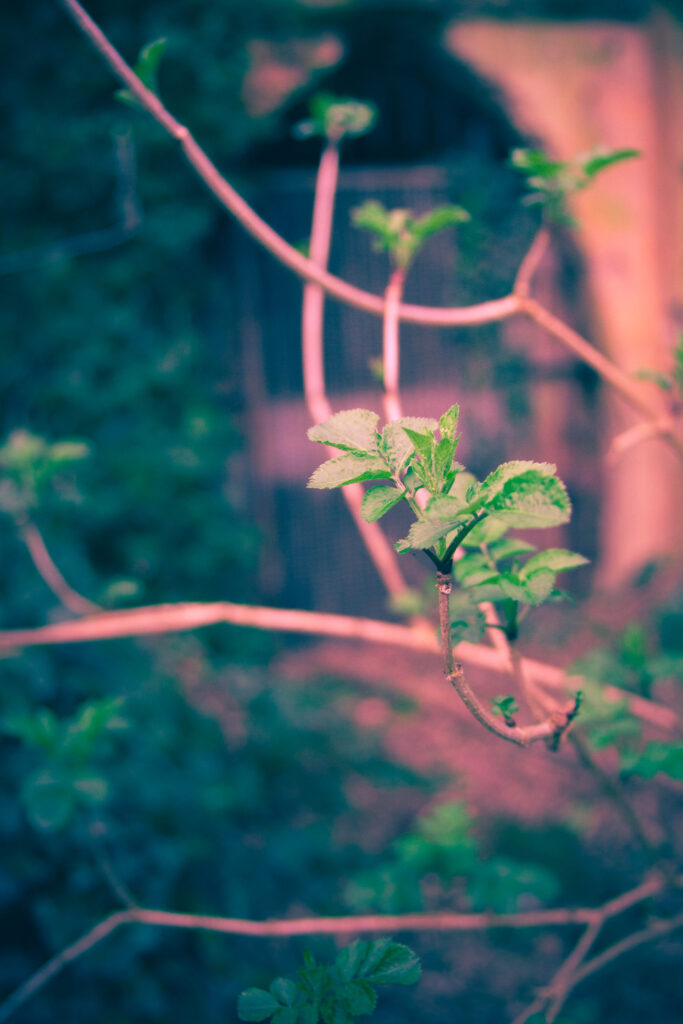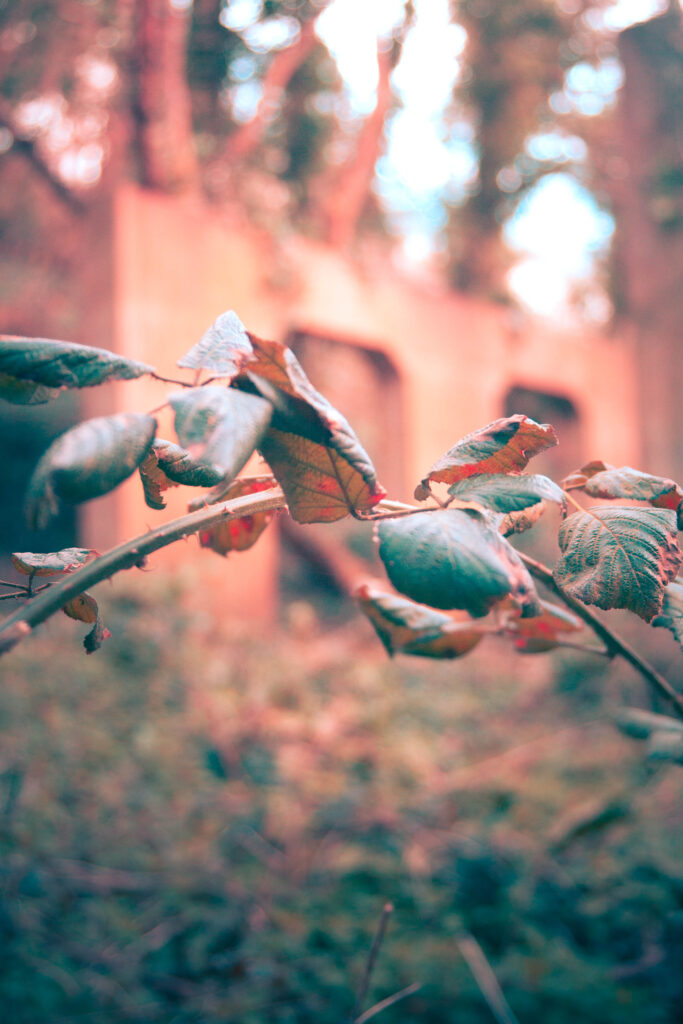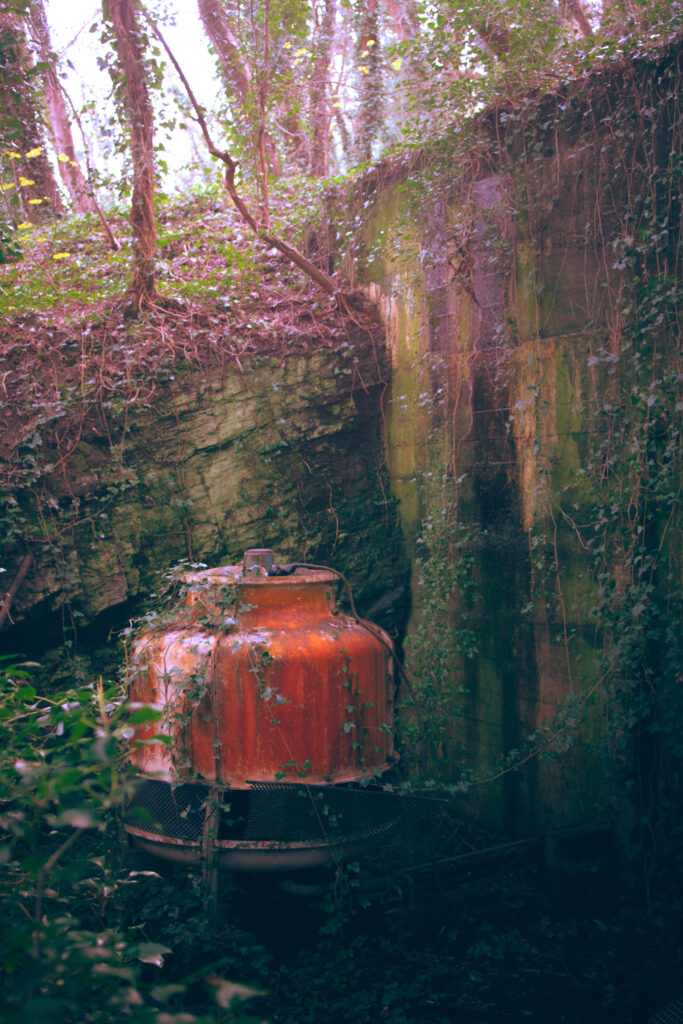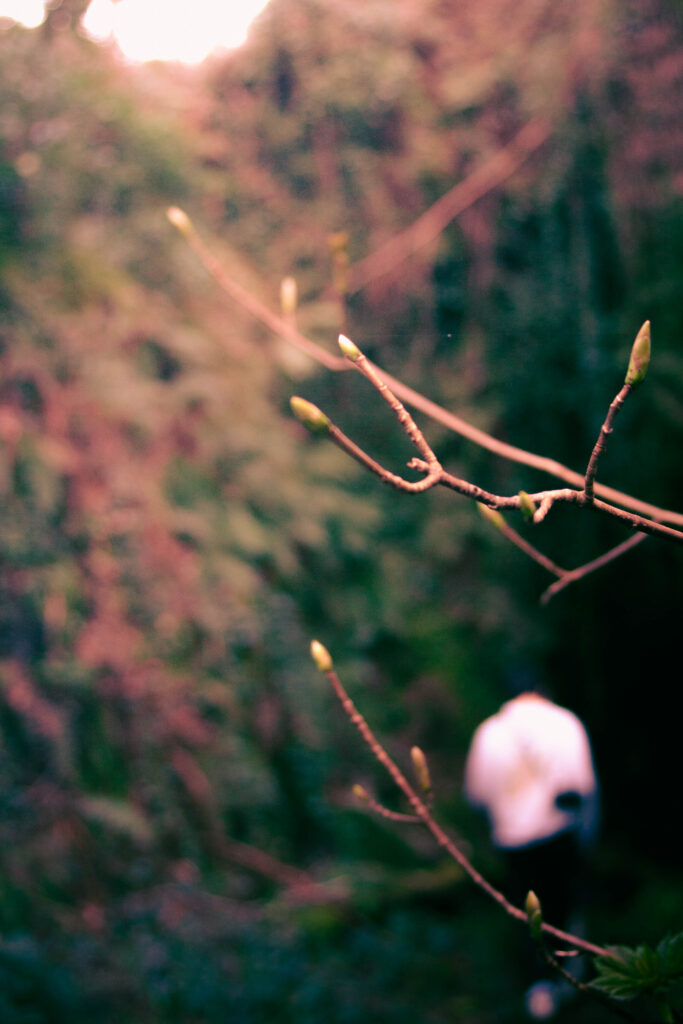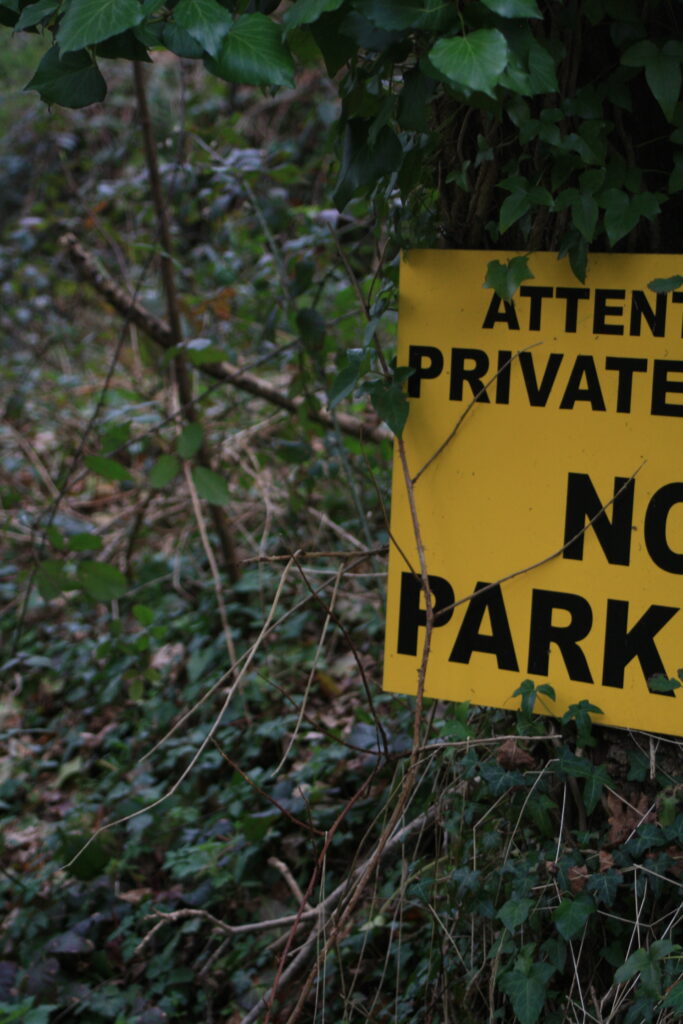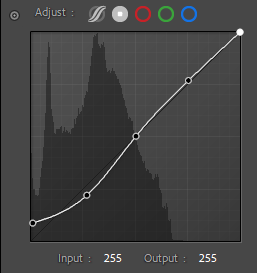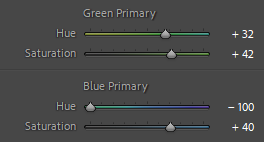
Overall, I feel that this project was challenging in the sense that it was quite difficult to interpret at first, and I had trouble connecting ideas to make any kind of start, which slowly changed as the ball rolled and I broke down the theme into three separate parts. This enabled me to achieve a wide variety of different compositions, both in style and concept, whilst still contributing to the project. I experimented with several new methods and techniques within both my photography and post-production, and I feel that I’m a lot more equipped and knowledgeable in my work now as a result.

Rinko Kawauchi definitely had the largest impact on my work and how I shoot photographs, technically and stylistically. Kawauchi’s work taught me to focus less on the larger picture and to focus on a smaller part of it, to capture the smaller parts and ‘systems’ behind each scene. As a result of this however, I feel that I was able to execute my Simone Bramante-inspired shoot perfectly, using natural lighting and the surrealist composition created through the use of the bin liners to my advantage.


I’m also happy with how I presented my work as final outcomes, using window mounts and different formations to present some of my photoshoots as a singular outcome, but also by linking two separate images together. My favourite outcome was organised similarly to the two images above from my Bramante shoot, where the subject from the image on the right-hand side looks in the direction of the other, linking the two together. Additionally, the use of colour within the image is a nice contrast of warm and cold tones, which pairs well with the golden hour lighting.




